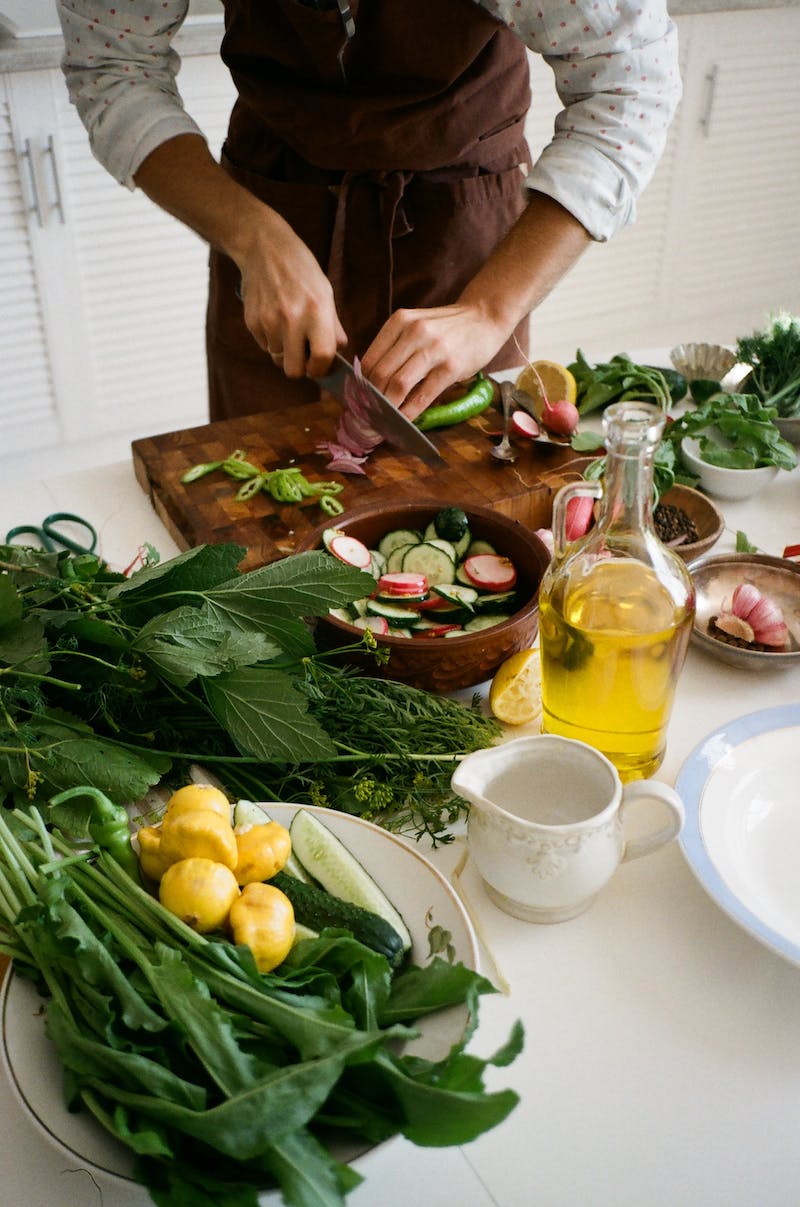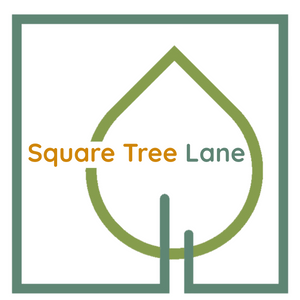
August 08, 2023
Cutting Board Safety
By Michele Parkinson
Cutting board safety is an important subject and I searched high and low to find out everything I could for you. You will find all the links to the research listed below.
1 There was no evidence to support the USDA’s recommendation to use plastic cutting boards instead of wood. Their recommendation was based on the assumption that the ability to wash plastic in a dishwasher made it safer from bacteria. Research has since proven that isn’t exactly accurate and there were some overlooked potential health hazards worth knowing.
2 After an extensive study by Dean O Cliver Ph.D., UC-Davis, the USDA changed their recommendation allowing hardwood cutting boards in restaurants. The USDA no longer recommends a specific type of board and states “nonporous surfaces are easier to clean than wood" but offers no further recommendation including how to sanitize either for home use.
3 New plastic boards are easier to clean and disinfect but after regular use, they can become scarred and trap bacteria.
4 Wood cutting boards take more effort to sanitize, but because wood boards can completely dry, bacteria will eventually die, giving them a slight edge over plastic boards.
5 The type of wood used for the construction of a cutting board matters and closed grain wood like maple, cherry and/or walnut are some of the safest. Soft woods like cypress pose a greater risk for bacterial contamination. It is also a good practice to use wood from fruit or nut bearing trees for the construction of cutting boards because they pose no risk of toxicity.
6 Plastic cutting boards that are scarred cause bacteria to multiply. This is less likely with a scarred wood cutting board due to it’s natural ability to dry, even in the deeper grooves.
7 Studies were done using sharp knives to cut into the work surfaces of bacteria contaminated plastic and wood cutting boards, and followed up by a manual cleaning. The boards were re-examined for present bacteria revealing the plastic board harbored more.
8 Plastic boards should always be cleaned in the dishwasher to disinfect them completely and will otherwise be at risk of harboring bacteria.
9 Wood cutting boards that are small enough, can be disinfected in the microwave but special care must be taken to not overheat them (I have never tried this and I would go at it slowly). I would think it would be better to do this before conditioning your board, but that is just my opinion and not based on any information I have read.
10 Plastic cutting surfaces used in the home are typically subject to more scarring than their commercial counterparts posing greater bacterial risk.
11 A study in California revealed that families using wood cutting boards in their home kitchens were less than half as likely to contract salmonellosis than those using synthetic boards.
12 Wood may have some antimicrobial properties that inhibit the growth of bacteria but this depends on the type and it’s age.
13 Both wood and plastic cutting boards can be used safely if they are properly sanitized. It is strongly recommended to use a designated board for raw meats to avoid cross contamination.
14 Regular conditioning of a wood cutting board can help promote food safety by avoiding absorption of liquids into the grain and preventing cracks and crevices.
15 A well conditioned board does not replace the need for regularly sanitizing. Proper drying time is required before conditioning.
16 There are a couple methods of sanitizing a wood board that have been proven to work. 1 tablespoon of bleach to 1 gallon of water is one method. Straight distilled vinegar is another option. Rinsing is required after either method.
17 Some woods are not safe and can be toxic to use as cutting boards. Some examples of toxic woods are mahogany, pine, birch, western red cedar, and rosewoods.
18 Maple, cherry, walnut, beechwood are some of the best choices in hardwoods for their safety, performance, and ease of maintenance.
19 Plastic or synthetic boards can range in price and quality and can be hard on knives depending on the makeup of the board. Higher end synthetic boards can be easier on knife blades but can be damaged if not extra careful. Aggressive or sloppy knife work can cause irreversible scarring. When choosing a synthetic board it is important to find something you can wash in a dishwasher to avoid trapping bacteria in the scars of the board. Synthetic boards can range from $15 to $300 (in the home kitchen market).
Pros and Cons of Synthetic Boards
Cons: Synthetic boards-
should always be washed in the dishwasher to sanitize, requiring size limitations.
can be more difficult to work on unless the board has a rubber backing or feet.
is dulling to knife blades
is not environmentally friendly as it needs to be replaced occasionally and will usually end up in a landfill.
is ugly and adds no esthetic value.
have never been handed down to another generation (willingly). I stand by this.
Pros: Synthetic boards-
are dishwasher safe.
are easily stored and maneuvered.
lower in maintenance because they don’t need conditioning.
Less expensive (up to a point).


Leave a comment
Also in THE WOOD FILES
Board Maintenance
By Michele Parkinson November 24, 2024
These instructions provide the basic information needed for conditioning any of our wood products made to use with food. This page also provides information on cleaning & sanitizing if and when the need arises. If you want to know more about keeping your board in the best possible shape, please continue to read on.
Continue reading
Wood species: the good, the bad, & the ugly
By Michele Parkinson October 24, 2024
Continue reading
WHEN LIFE GIVES YOU LEMONS, CLEAN YOUR CUTTING BOARD.
By Michele Parkinson August 29, 2024
Continue reading